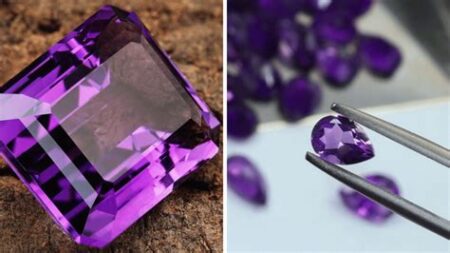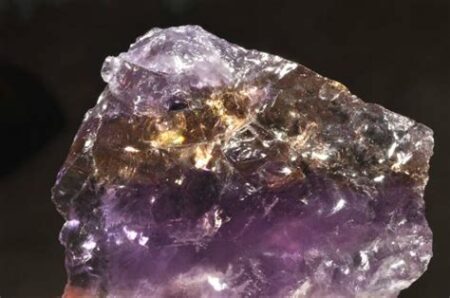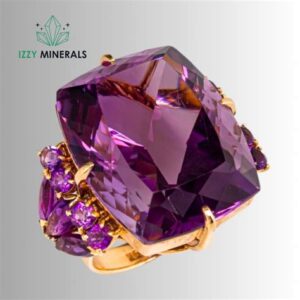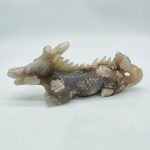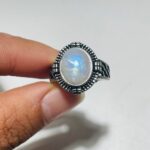Crystals are fascinating natural formations that have captivated scientists, artists, and everyday enthusiasts for centuries. Despite their small size, crystals possess unique properties and offer promising applications across various domains.

Types of Little Crystals and Their Characteristics
Crystals occur in various shapes, sizes, and chemical compositions. Some of the most common types of little crystals include:
- Quartz: Composed of silicon dioxide (SiO2) and occurs in a wide range of colors, including clear, white, pink, and amethyst.
- Calcite: Composed of calcium carbonate (CaCO3) and commonly found in sedimentary rocks, often displaying rhombohedral or scalenohedral crystal forms.
- Fluorite: Composed of calcium fluoride (CaF2) and known for its cubic crystal structure and vibrant colors, including purple, green, and yellow.
- Apatite: Composed of calcium phosphate (Ca5(PO4)3) and occurs in various forms, including hexagonal prisms and needles.
Properties of Little Crystals
Crystals exhibit distinct properties due to their orderly arrangement of atoms or molecules. These properties include:
- Symmetry: Crystals possess a high degree of symmetry, with their faces arranged in a regular and predictable pattern.
- Hardness: The strength of crystals varies, but many little crystals are known for their durability and resistance to scratching.
- Electrical conductivity: Some crystals, such as quartz, act as insulators, while others, like pyrite, conduct electricity.
- Optical properties: Crystals interact with light in unique ways, refracting and reflecting it, resulting in their characteristic colors and brilliance.
Applications of Little Crystals
The properties of little crystals make them valuable in a wide range of applications, including:
- Electronics: Quartz crystals are used as oscillators in clocks and other electronic devices due to their precise frequency control properties.
- Optics: Calcite crystals are employed in optical instruments, such as polarizing filters and beam splitters, due to their ability to alter the polarization of light.
- Jewelry: Many little crystals, including diamonds, rubies, and sapphires, are prized for their beauty and durability, making them popular in jewelry design.
- Medicine: Apatite crystals are used in dentistry for reconstructive procedures due to their biocompatibility and ability to promote bone growth.
Emerging Applications of Little Crystals
Ongoing research is expanding the potential applications of little crystals. Some exciting emerging areas include:
- Microfluidics: Crystals are being integrated into microfluidic devices to enhance fluid control and analysis capabilities.
- Nanophotonics: Crystals are explored as building blocks for optical nanostructures, enabling the development of novel optical devices.
- Biomedical Imaging: Researchers are utilizing crystals for advanced imaging techniques, such as X-ray crystallography and Raman spectroscopy, to study biological structures and processes.
- Energy Storage: Crystals are being investigated for their potential as high-performance energy storage materials in batteries and supercapacitors.
Common Mistakes to Avoid When Using Little Crystals
When working with little crystals, certain mistakes should be avoided to ensure optimal results:
- Handling Damage: Handle crystals carefully to avoid damaging their delicate surfaces. Use tweezers or soft gloves to avoid scratches or fractures.
- Wrong Cleaning Methods: Clean crystals appropriately based on their specific characteristics. Harsh chemicals or ultrasonic cleaners may damage certain types of crystals.
- Exposure to Harsh Environments: Protect crystals from extreme temperatures, excessive moisture, or direct sunlight to prevent deterioration or discoloration.
- Over-Expectation: While crystals possess unique properties, avoid attributing exaggerated or unproven claims to their use. Consult reliable sources for accurate information.
Conclusion
Little crystals, despite their diminutive size, hold immense potential for various applications. Their unique properties, ranging from symmetry to optical behavior, make them essential in fields such as electronics, optics, and medicine. Ongoing research continues to uncover new and innovative uses for these microscopic wonders. With careful handling and proper understanding, little crystals offer exciting opportunities for technological advancements and scientific discoveries.

